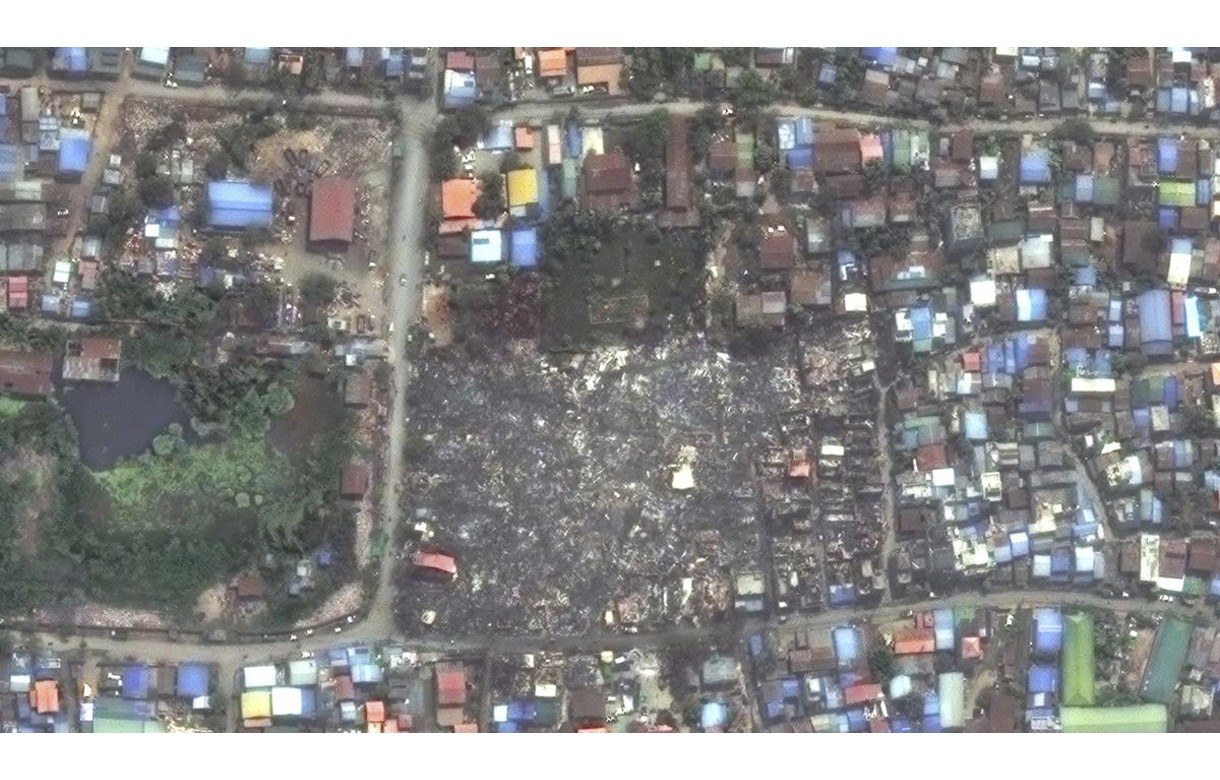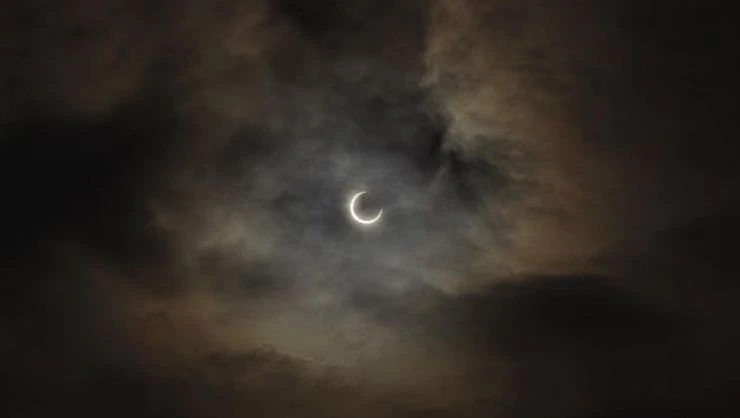Latest world news
Vanessa Ponce De Leon bags Miss World 2018 crown

Latest world news
Iran puts missile defence on standby after Trump’s bombing comment
Latest world news
Myanmar earthquake: Toll crosses 1,600, rescue ops continue; satellite images show extent of devastation across Mandalay
In Thailand, the situation is similarly grim. Reports indicate a rise in the death toll to 17 as of Sunday, with city officials confirming 32 injuries and 83 individuals still unaccounted for, primarily linked to a 30-story construction tower that collapsed.
Latest Science News
Partial solar eclipse 2025 today: Timings, livestreams, double sunrise effect and safety tips
The first solar eclipse of 2025, occurring today, will not be visible from India but can be watched online via livestreams by NASA and other observatories.
-

 India News15 hours ago
India News15 hours agoSupreme Court raps UP govt, Prayagraj administration for bulldozer action
-

 India News13 hours ago
India News13 hours agoGujarat: 17 killed, several feared trapped after firecracker factory collapse in fire in Banaskantha
-

 India News13 hours ago
India News13 hours agoSelf-styled prophet Bajinder Singh sentenced to life in rape case
-

 India News12 hours ago
India News12 hours agoDelhi court orders lodging of FIR against BJP’s Kapil Mishra, others in 2020 Delhi riots case
-

 Cricket news11 hours ago
Cricket news11 hours agoVirat Kohli expresses his desire to win 2027 ODI World Cup, video surfaces
-

 Bollywood news12 hours ago
Bollywood news12 hours agoSikandar worldwide box office collection Day 2: Salman Khan, Rashmika Mandanna’s film crosses Rs 100 crore mark
-

 Cricket news11 hours ago
Cricket news11 hours agoBJP shares viral IPL girl meme to take a jibe at Congress over milk price hike in Karnataka
-

 India News10 hours ago
India News10 hours agoYogi Adityanath trashes speculation amid PM Modi retirement buzz





















